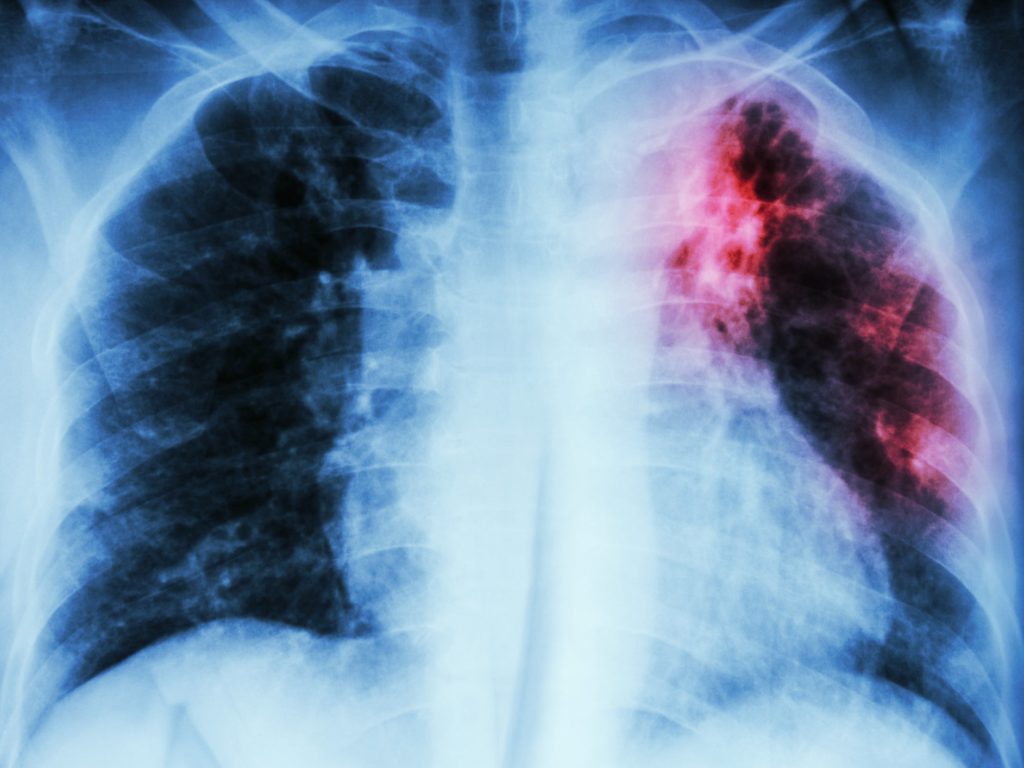
Throughout history, numerous lethal diseases have emerged, claiming countless lives and leaving societies grappling with fear and loss.
From fast-spreading viruses to chronic conditions that slowly degrade health, these deadly diseases come in various forms. Here, we provide an overview of seven of the deadliest diseases, highlighting their causes, symptoms, and prevention methods.
1. Heart Disease
Heart disease is the foremost cause of death globally, encompassing conditions such as coronary artery disease, heart attacks, and heart failure. These ailments occur when the heart’s blood vessels become blocked or narrowed, reducing blood flow. Symptoms can include chest pain, shortness of breath, and fatigue. Preventive measures include regular exercise, a balanced diet, and avoiding smoking.
2. Stroke
A stroke occurs when blood flow to the brain is interrupted, resulting in the death of brain cells. It can cause permanent disability or death. Symptoms include sudden numbness, confusion, difficulty speaking, and trouble walking. Risk factors include high blood pressure, smoking, and diabetes. Quick medical attention is crucial for treatment. Lifestyle changes and medications can help reduce the risk.
3. Lower Respiratory Infections
Lower respiratory infections, such as pneumonia and bronchitis, are caused by viruses, bacteria, and other microorganisms. These infections affect the lungs, making breathing difficult. Symptoms include coughing, fever, and chest pain. The elderly, children, and people with weakened immune systems are most at risk. Preventive measures include vaccinations, good hygiene, and avoiding smoking.
4. Tuberculosis (TB)
TB is a bacterial infection that primarily affects the lungs but can spread to other parts of the body. It is highly contagious, spreading through the air when an infected person coughs or sneezes. Symptoms include a persistent cough, weight loss, and night sweats. TB is treatable with antibiotics, but drug-resistant strains are a growing concern. Early diagnosis and proper treatment are essential to control its spread.
5. Diabetes
Diabetes is a chronic disease where the body cannot properly process sugar, leading to high blood sugar levels. There are two main types: Type 1 and Type 2. Symptoms include increased thirst, frequent urination, and fatigue. If not managed, diabetes can cause severe complications like heart disease, kidney failure, and nerve damage. Management involves a healthy diet, regular exercise, and medications.
6. Alzheimer’s Disease
Alzheimer’s disease is a progressive brain disorder that causes memory loss, confusion, and changes in behavior. It is the most common cause of dementia among older adults. The exact cause is unknown, but it involves the buildup of certain proteins in the brain. There is no cure, but treatments can help manage symptoms. Early diagnosis and supportive care are important for improving quality of life.
7. Cancer
Cancer encompasses a group of diseases where abnormal cells grow uncontrollably and spread to other parts of the body. It can affect almost any part of the body and is a leading cause of death worldwide. Common types include lung, breast, and colorectal cancer. Symptoms vary depending on the type and location of cancer. Early detection and treatment are crucial for better outcomes. Preventive measures include avoiding tobacco, limiting alcohol, maintaining a healthy diet, and regular screenings.
Adopting a balanced diet, maintaining a healthy lifestyle, and staying active are key strategies to lower the risk of these deadly conditions.
 GhArticles.com Every News in Detail
GhArticles.com Every News in Detail



